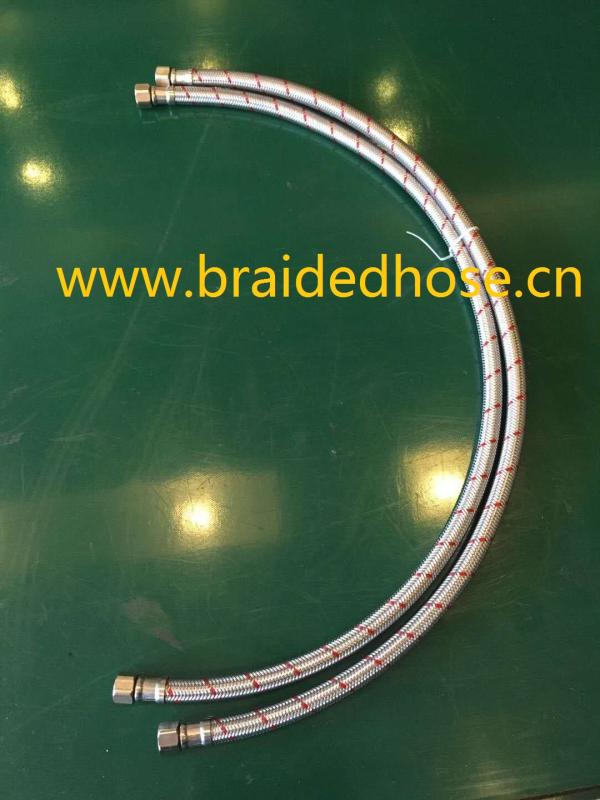Flexible Metal Hose For water ,pump ,gas and oil

With a history of more than one hundred years,metal hoses have given rise to other flexible line elements, including metal expansion joints, metal bellows and semi-flexible and flexible metal pipes. In Germany alone, there are about 3500 patents relating to metal hoses.
The first flexible metal hose was technically a stripwound hose. It was invented in 1885 by the jewellery manufacturer Heinrich Witzenmann (1829–1906) of Pforzheim, Germany, together with the French engineer Eugène Levavassèur. The hose was modelled after the goose throat necklace, a piece of jewellery that consisted of interlacing metal strips. The original design of the hose was based on a helically coiled metal strip with an S-shaped profile. The profile interlocked along the windings of the helical coil. Due to a cavity between the interlocking profiles, this did not create a tight fit. The cavity was sealed by means of a rubber thread.
The result was a permanently flexible, leak-tight steel body of any length and diameter with a high mechanical strength. In France it was patented on 4 August 1885 with the patent number 170 479, and in Germany on 27 August 1885 with the German Reichspatent No. 34 871.
From 1886 to 1905, Heinrich Witzenmann continued to develop numerous noteworthy profiles for hose production which are still of technical significance today. In 1894, he registered a patent for the double metal hose consisting of two coaxial metal hoses twisted in opposite directions. Further modifications of the original form focused on the use of different hose materials and different substances for the thread seal, including rubber, textile threads, asbestos and wire.
Post Your Ad Here
Comments